1. Artificial Narrow Intelligence
Gartner’s studies show that only 40% of enterprises have adopted AI-based solutions in their IT systems. The rest is still working on the right data sourcing for their future AI-based applications. In the coming year, we should see a significant boost in AI-driven solutions implemented in working business apps.
That’s why the next year belongs to narrow AI solutions. Businesses don’t use general AI. They want AI apps to target specific tasks with algorithms optimized for that task. Here’s where highly specialized machine learning solutions tailored to particular tasks (like crawling a web page or playing chess) can be implemented.
From our experience, we can see that companies with customer self-service modes based on web applications like web stores or SaaS enterprises are usually the most interested to invest in ANI and implementing machine learning algorithms in their applications. This trend comes from the fact that ANI has a great role in building a positive customer experience. It can be widely used to build dynamic content mechanisms and manage customer experience.
Companies like Google, Facebook, and Slack are leading the change in AI development. Google particularly stands out here. The corporation announced its plans to base all its algorithms on this technology.
2. Digital twins technology driven by IoT
IoT is an area where the so-called Digital Twins concept evolves at the fastest pace. Modern household appliances use a lot of smart components equipped with sensors to gather data about real-time status, working conditions, problems and so on. They’re integrated to cloud-based systems to gather data, then process and analyze it.
And here’s how a digital twin is created. It’s a kind of pairing appliance which reflects its real-life counterpart in the digital environment. This virtual model of a product or service allows for analysis of huge amount of various data. In effect, we can deal with problems before they even occur, prevent downtime, develop new functionalities and much more.
The digital twin concept has the widest coverage in such projects as smart cities, real time navigable models, or health care – with virtualization of a hospital systems for work safety and continuity.
As web & mobile developers, we can also observe that digital twin technology is spreading to the user experience field. Service providers try to get clients to attend their events, for example trades or fashion shows, and let customers build their visual twin to become a part of an event. This way they create an extraordinary user experience.
3. Mixed Reality
Building immersive experience is what marketers from different industries have been extensively discussing this year. The technology behind that idea is virtual reality mixed with the user’s presence in the physical world. This ‘Mixed Reality’ involves passing a huge amount of information to the users, which can be beneficial to our daily life and communication.
Mixed Reality has great potential to be used at a larger scale in newly created web and mobile applications. Especially in those where customers’ interactions with product or service is a key success factor.
We can see how fast Google is developing Tango – its augmented reality computing platform. In 2017 we also experienced a boom of Augmented Reality devices like Asus ZenFone AR.
The benefits of Mixed Reality technology are starting to be noticed. For example, online store applications can allow clients to view clothes on virtual mannequins or decorate their houses. 3D mapping and Mixed Reality is also used in educational programs and AR games.
4. Event-Driven Applications
Gartner predicts that by 2020 a real-time, event-based approach will be a core required demand for 80% of all digital solutions. It’s crucial for business application development companies to apply “event thinking” to their solution strategy.
Event programming is not a type of technology or programming language. It represents an approach that should be implemented in a product development process. An event-driven application responds to actions generated by the user or the system, for example, mouse clicks or loading a program. From a programming point of view, it’s important to separate event-processing logic from the rest of the coding work.
Technologies like AI or IoT speed up event-driven coding as a useful product development strategy. In general, event-driven apps can improve responsiveness, flexibility and give better understanding of user esperience.
5. Blockchain
Blockchain can be defined as a network of interconnected peer-to-peer devices. This technology provides for the absence of central computers, as well as the lack of clearly defined locations where all data is stored. Blockchain is naturally linked to cryptocurrencies because it enables large scale non-cash transactions. In the foreseeable future, it’s anticipated that the solution will be transferred to other, broader fields such as administration, healthcare and supply chain, to streamline the processes that are already underway.
6. Progressive Web Apps
On the contrary, in the long term it’s more probable that web apps will take a significant slice of market cake from the mobile apps, and not vice versa. We believe it even more when we hear Google reps talking about focusing on expanding the features of the current browsers to let web applications achieve the same UX level as mobile apps.
Moreover, progressive web apps are easier to develop and maintain than native applications. They combine the best features of the web and mobile apps. What’s more, they make use of the vast web ecosystem, plugins and community.
Content Courtesy: espeo.eu
 Stay tuned, exploring... ⏳
Stay tuned, exploring... ⏳

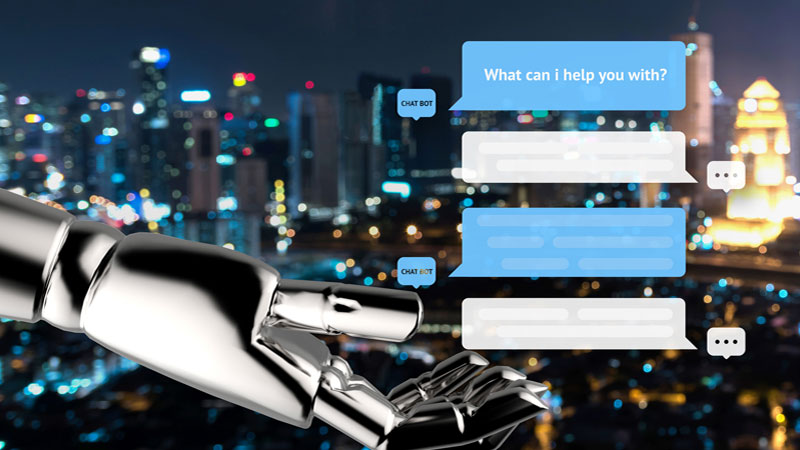

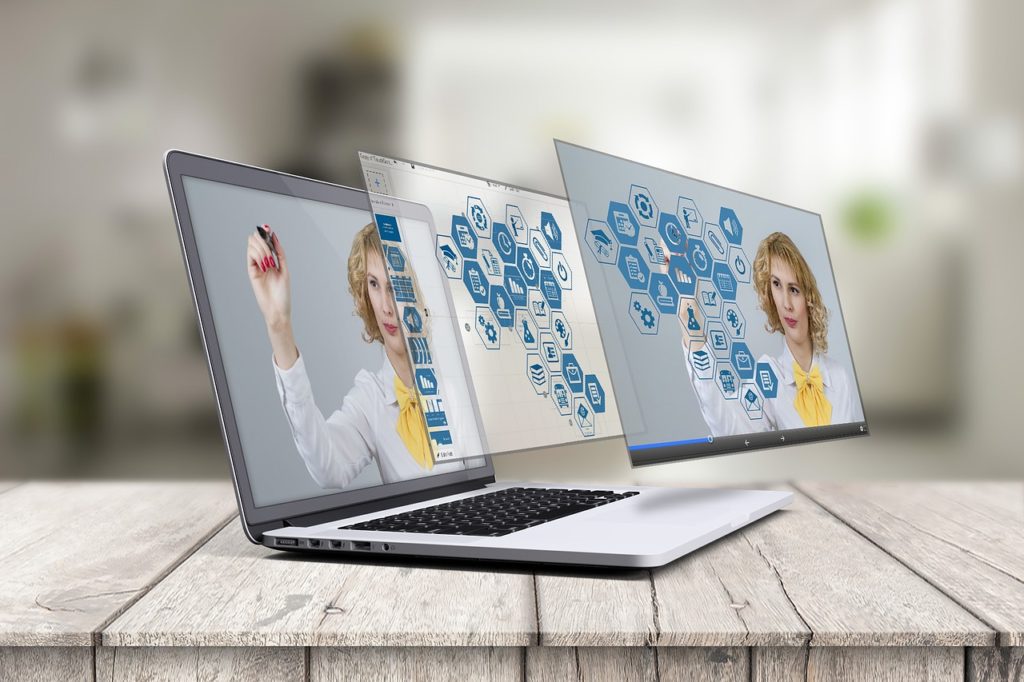
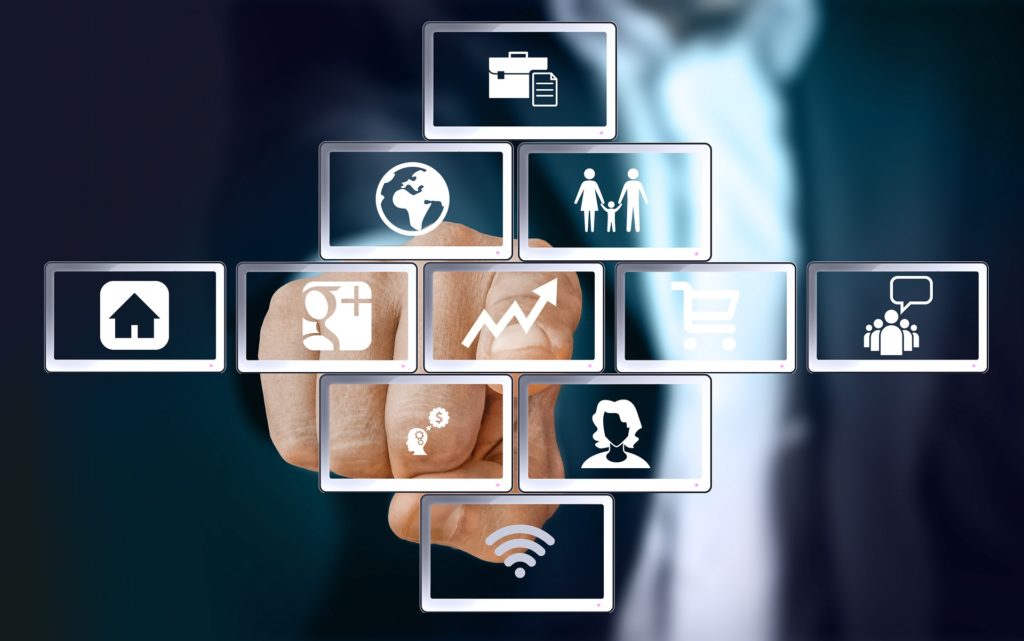
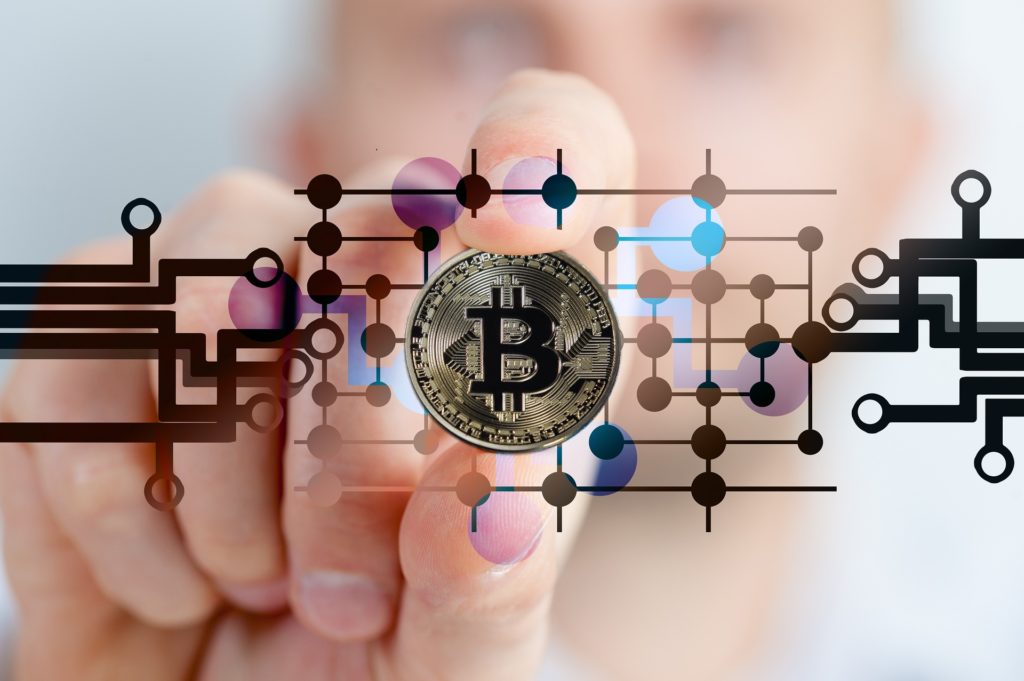



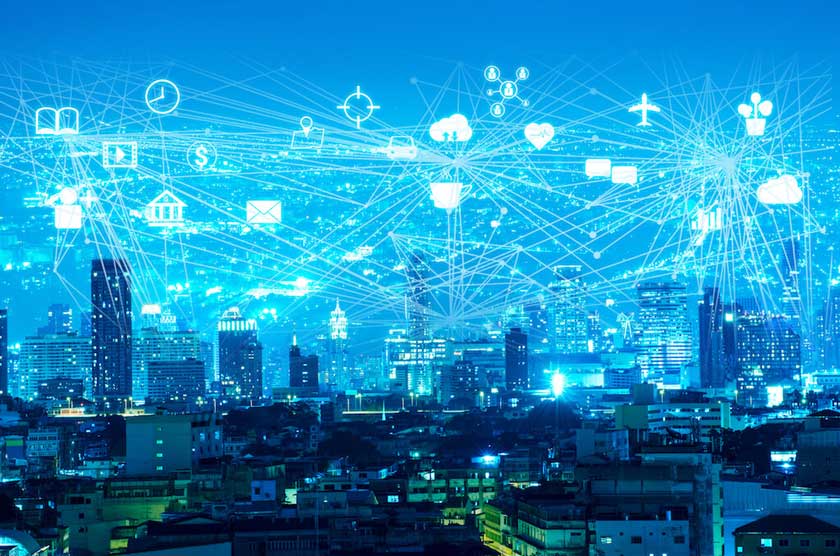

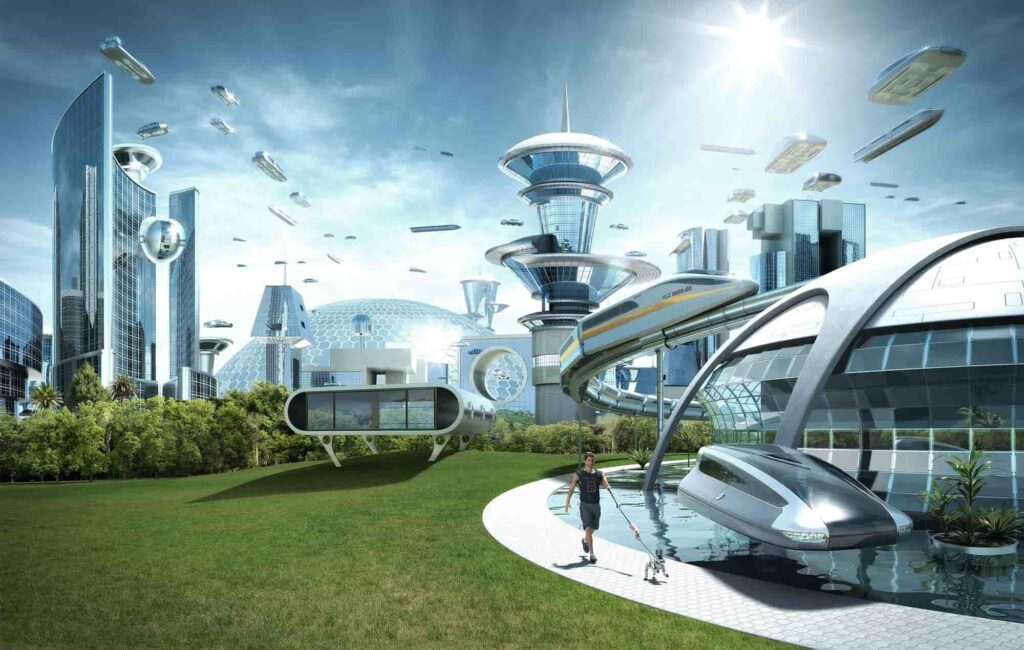
About The Author: Pernambut Blogger
Hello World! The name’s Pernambut Blogger. I am a tireless seeker of knowledge, occasional purveyor of wisdom, coincidentally founder of this blog and working as graphic designer & web developer.
More posts by Pernambut Blogger